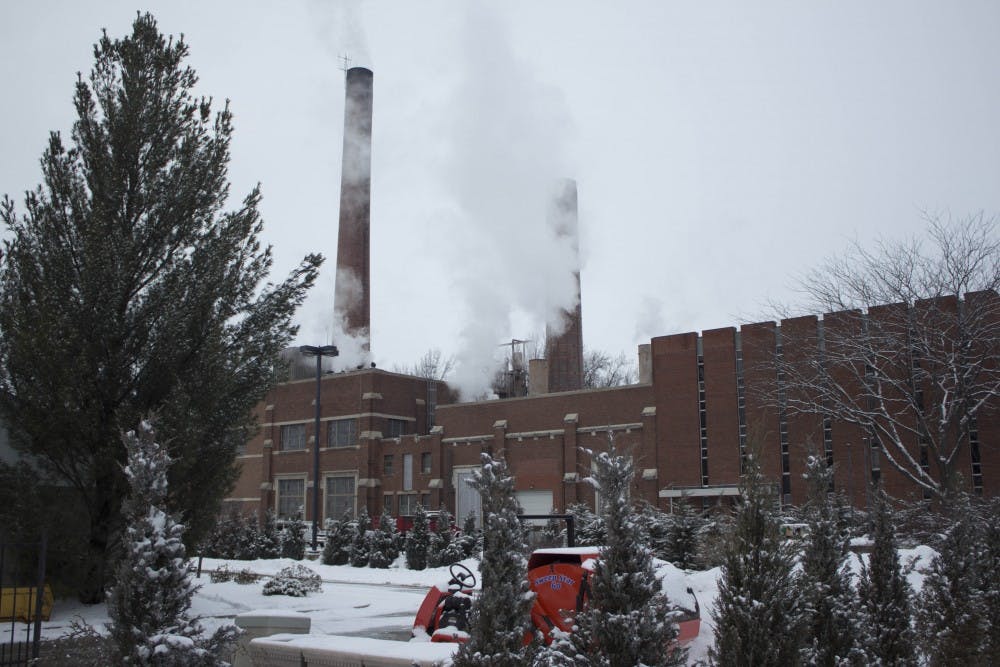Ball State is wrapping up a five-year project that will result in the nation’s largest geothermal system of its kind.
A geothermal system uses the earth’s ability to store heat into the ground. The heat pumps used at Ball State can either use the earth’s heat as a source to warm up buildings or as a place to dump excess heat when trying to cool buildings down.
Here’s a quick look at the system at Ball State.
Boreholes: Borehole fields are spaced around campus. They contain a series of closed pipes that are installed vertically in the ground. Ball State’s loop consists of approximately 3,600 boreholes, 400 to 500 feet deep. Boreholes are commonly filled with grout that surrounds the pipe to provide a good thermal conductor to the surrounding soil or rock, which maximizes the transfer of heat.
Energy stations: Each energy station will contain heat pump chillers that use an environmentally friendly refrigerant, R134A. Through a compression cycle, heat pump chillers move energy much the same way as a common household refrigerator. Energy or heat can be either pulled from or sank into the ground. The heat exchange will allow for the simultaneous production of cold water, 42 degree Fahrenheit, and hot water, 150 degrees Fahrenheit.
District loops: Hot and cold water is routed throughout the campus through two separate district loops, one for heating purposes and one for cooling purposes.
Building interface: The hot and cold water passes through heat exchangers (similar to a radiator in a car) as fans blow air across the heat exchangers to maintain the temperature that building occupants call for
Economic: The system uses American-made products and is being built by many contractors who are Indiana natives. The project created 2,300 direct and indirect jobs.
Environmental: By switching from the boiler system to geothermal, it reduces the amount of carbon dioxide Ball State releases into the atmosphere by 85,000 tons annually. It will also cut Ball State’s carbon footprint in half.
- 5.5 million square feet of heating/cooling space
- 47 buildings
- 5,280,000 feet of piping
- 731 acres
- $2 million saved annually





